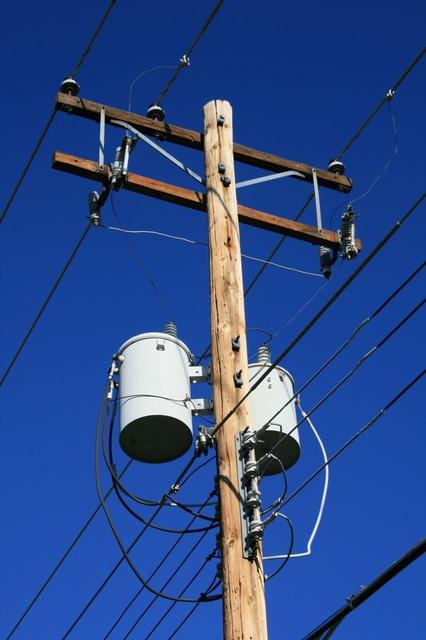
Google I/O is a week away and I'm on the edge of my seat waiting to hear what Google has to announce. The yearly conference is set up for developers to network and hone their skills through workshops. However, the main attraction is Google's keynote address, where executives unveil new projects, products and updates from the company.Last year was all about Android; we got a sneak peak atAndroid L (the developer version of what became 5.0 Lollipop), first looks at Android Wear watches, and an intro to Android TV and Android Auto. Google also talked about virtual reality with Cardboard and new Chromebook features.
This year, rumors are flying about Android M, the next generation of the mobile operating system, new wearables and updates on Project Tango. We won't know if any of that is true until Thursday May 28, but the I/O schedule can help clue us in to what Google has to share. That's because Google hosts in-depth sessions based on what they announce at the keynote. Below are some predictions of what we'll see based on that schedule
1. Android updates
There's been a lot of talk of the developer edition of the next version of Android, code named Android M, ever since Google made a reference to it in an I/O session. Soon after the schedule went live, Google removed the session, leading most to believe it was a teaser of what was coming.
While there's no longer of mention of Android M on the I/O agenda, the "What's new in Android" session is kind of a dead giveaway that Google will have news to share. Since Google has several sessions about Material Design, it's highly likely the next version of Android won't have big design changes. However, it looks like we can expect some improved features instead.
The "Notifications, Interruptions and Volumes: Coming Attractions" session flat-out states that Google has refined how notifications behave on Android, so expect changes there. Other sessions clue us in to what might be new, such as better battery performance, updated Smart Lock features, and improvements to how Android apps render on your screen and use your phone's memory.
While Android Auto just recently got some updates, two sessions on the topic, "Getting your app on the road with Android Auto" and "Designing for Driving," suggest Google might have some new developments too.
2. Wearables
There are a few hints that we might see a new wearable and maybe a smartwatch at I/O. First, the session on Google Fit, Google's health dashboard app, could indicate that we'll see a new fitness device for gathering health and activity data.
The next hint is Google's Smart Lock session, which is all about improvements to Smart Lock. It's a feature in Android that lets you unlock your phone or tablet by having a trusted smartwatch close by and it was introduced with Android Lollipop.
We'll definitely see something from the Google Advanced Technology and Projects (ATAP) group, which is responsible for Project Tango, Project Ara and other cool future tech. In a session titled "A little badass. Beautiful. Tech and human. Work and love. ATAP.," there's a mention of wearables that will literally blow your socks off and talk of building "seemingly impossible things." The description also says the team's goal is to create wearables that are engaging and give you rich interactions, despite small screen size limitations. Sounds like promising stuff.

3. Virtual reality
Virtual reality has a been a hot topic in the past year, with Oculus Rift making waves, Microsoft creatingHoloLens and Google debuting its quirky take, Google Cardboard, in 2014. This I/O, it looks like the search company is pressing onward with VR.
The "Make Believe" session description doesn't go into much detail, beyond simply inviting developers to "explore virtual reality and how it may change our lives." It's anyone's guess if Google will debut the long-rumored new version of Google Glass, but there's a good chance there will other virtual-reality gadgets.
4. Satellite imaging
Here's a taste of the big-picture stuff Google is known for. Satellite mapping with Skybox, a companyGoogle acquired in 2014, is on the agenda this year and it looks like the next big thing.
In the a session called "The Earth in real time," attendees will learn about the next steps in satellite imaging and how that technology can have real impacts down here on the surface. Google said when it acquired the company that it hopes Skybox's technology can be used to improve Internet access worldwide and provide better disaster relief. Expect to hear more about that at the conference.
5. Smart home
Home automation gets some attention at this year's I/O in the "Working with Nest to build a thoughtful home together" session. Nest is the smart thermostat and smoke alarm company Google acquired in 2014. Nest created the Work with Nest program in 2013 to allow other smart devices, like watches and home automation systems, to work with Nest products.
The session description hints at making your smart-home gadgets and systems work better together, with improved security.
 same access that other telecom providers have to public infrastructure. This could save the company up to 90% of the cost of wiring homes.
same access that other telecom providers have to public infrastructure. This could save the company up to 90% of the cost of wiring homes.
